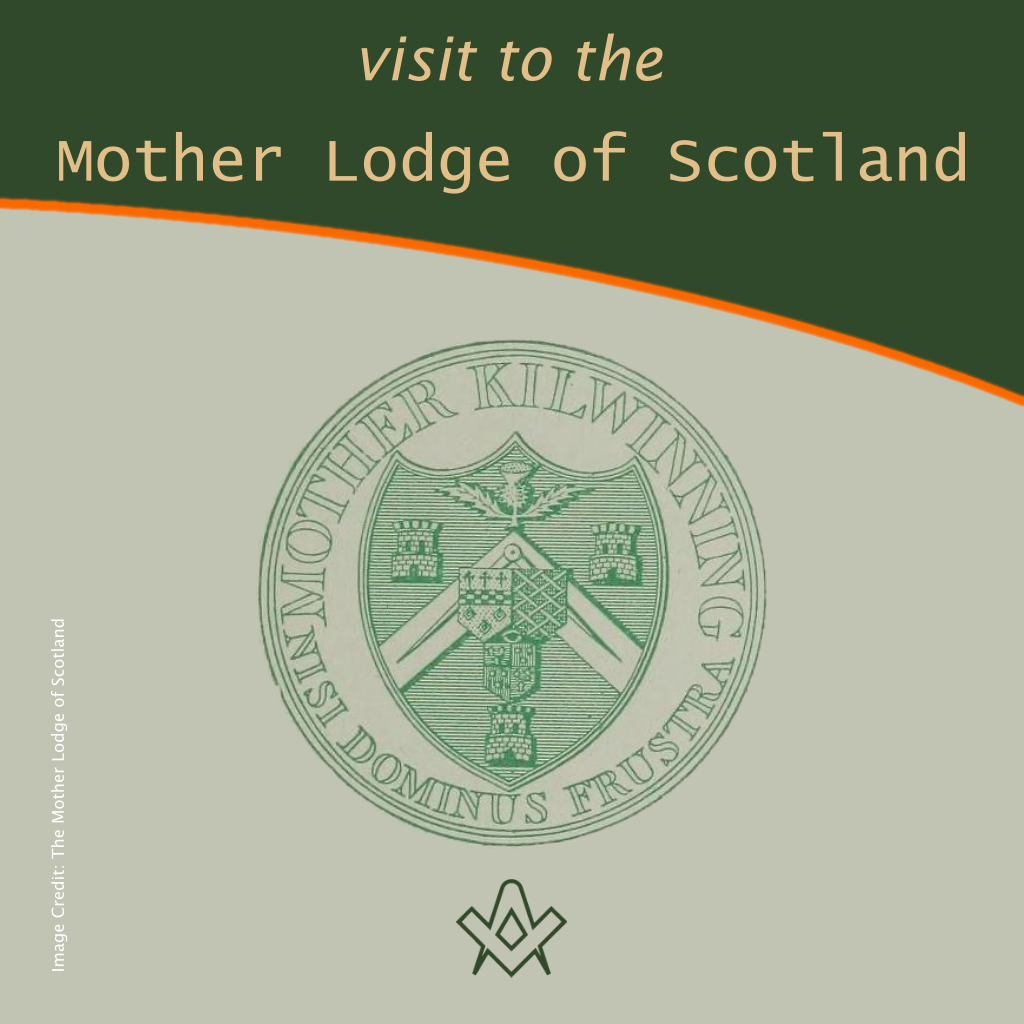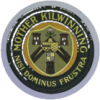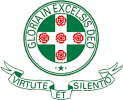Let me take you to the heart of Scotland to meet our Brethren of the Mother Lodge of Scotland, a journey into one of Freemasonry’s deepest roots.
The travel chronicle has lost its value. At every second, the world is crossed by a roar of vehicles, and humans are much more convinced that there is no longer any place or route that could surprise them.
This is, however, a travel chronicle brought to life, as the Portuguese writer António Cândido Franco wrote, by “the vagrancy to wash the soul of Lusitanian stains”, mixed with my condition as a Freemason.
Having both traveled to Scotland, a country with which I have had a close relationship for a long time, I requested in mid-September 2021 a visit to the Mother Lodge of Scotland Kilwinning, No. 0, considered the cradle of Scottish Freemasonry, its oldest Masonic Lodge.
It comes from the operative Freemasonry that emerged there in the 12th century. Influential authors such as William Alexander Laurie are clear:
“that Free Masonry was introduced into Scotland by those architects who built the Abbey of Kilwinning is evident”
(The History of the Free Masonry and The Grand Lodge of Scotland, 1859, p. 46).
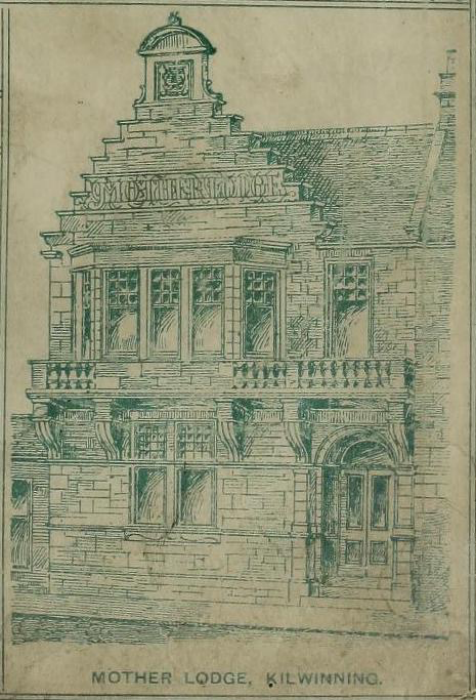
Mother Lodge Kilwinning
IMAGE CREDIT: Mother Lodge Kilwinning Attribution 4.0 International (CC BY 4.0)
At the Mother Lodge
The visit was arranged in advance with Bro. David Wilson, the Secretary of the Lodge.
On 2 October at noon, I was greeted by Bro. Rodger Hughes, the Librarian of the Lodge, in the building located in Kilwinning, right in the heart of the North Ayrshire plain.
We are on the Western part of Scotland, buffeted by the waters of the Firth of Clyde, an arm, sometimes of the river, sometimes of the ocean, which hosts the greatest coastal depths of the United Kingdom.
Even kissed by the Gulf Stream, the winds that blow from it don’t stop threatening you. Kilwinning’s traditional town is small, but its settlement extends to the outskirts, with some 16,500 inhabitants.
It was home to a significant mining, metallurgical, and textile industry, but it witnessed, like all the Scottish Lowlands, the painful decline of these sectors.
Currently, it has some so-called light industries, namely technological and plastics.
A small train station opens onto a road that takes us to the Main Street, a pedestrian one that runs through the borough, full of pubs and Scotch pie shops, probably the best in the world, namely the Beth Browning’s Bakery ones.
In the middle of this Main Street, here is the Mother Lodge of Scotland’s building built in 1893 with the typical brick of these places.
And here is Bro. Rodger Hughes, in the lobby! We did the Masonic handshake, introduced ourselves, and I immediately informed him that I was the bearer of a letter from the Grand Master of the Grand Orient of Portugal:
September 24, 2021
Dear Right Worshipful Master of The Mother Lodge of Scotland,
Dear Brethren,
As Grand Master of the Grand Orient of Portugal (Grande Oriente Lusitano – Maçonaria Portuguesa), it is with great emotion that I send you this message on the occasion of our Brother Carlos Oliveira Santos’ visit. There isn’t any freemason in the whole world who doesn’t feel his heart beat stronger when your Mother Lodge Kilwinning is mentioned. Centuries and centuries of masonic culture, keeping it alive today.
The Grand Orient of Portugal was founded in 1802, thus being the oldest Portuguese Masonic Obedience and one of the oldest in Continental Europe. In 1910 we had a supreme moment of connection between the Portuguese and the Scottish freemasons when our Grand Master Sebastião Magalhães Lima was conferred as Mark Master Mason by the Supreme Grand Royal Arch Chapter of Scotland in a ceremony in Edinburgh.
I would love to visit your Lodge one day and welcome you in Lisbon in our beautiful masonic palace. After all, as Bro∴ Robert Burns wrote:
For a’ that, an’ a’ that,
It’s coming yet for a’ that,
That Man to Man, the world o’er,
Shall brothers be for a’ that.
Fraternally,
Yours aye
Fernando Lima,
Grand Master
Grand Orient of Portugal
I have finished the reading, and Bro. Rodger Hughes commented it with “What a beautiful letter!” telling me that it would be officially read in a Lodge session and would be recorded in the Mother Lodge archives.
We went on to visit the various components of the building, all of which are predominantly green, the characteristic of Scottish Freemasonry.
Right at the entrance, to the right of the hall, there is a large room with a bar, billiards, chairs, and tables, intended for socializing and leisure, open to all the inhabitants of Kilwinning.
Here I was chatting with several Brethren, among them Bro. Iain McPhail, president of the Burns Club of Kilwinning, one of the clubs across Scotland and around the world dedicated to Robert Burns (1759–1796), the Freemason poet – after all a fine extension of Masonic culture.
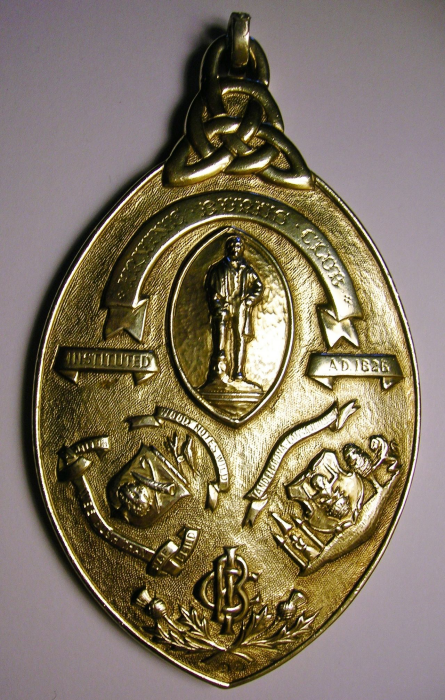
Part of the Irvine Burns Club’s Presidents Chain of Office. By Rosser1954 – Own work, CC BY-SA 3.0,
IMAGE LINKED: wikimedia Attribution 4.0 International (CC BY 4.0)
Through the Chamber of Reflection’s door, we entered the Grand Temple. On the surrounding walls are images of various Worshipful Masters and other relevant Masonic figures.
One of them is William Boyd (1705–1746), the 4th Earl of Kilmarnock, and an interesting question arose.
He was Grand Master of the Grand Lodge of Scotland between 1742 and 1743, but for his support of the Jacobite cause against the King of England, William Boyd was captured by the English, convicted of treason, and beheaded in London.
He thus came to be regarded as the only Grand Master of a Grand Lodge that was executed.
However, I soon informed my host that in Portugal, we also have the case of our Grand Master Gomes Freire de Andrade (1757–1817), also executed by the English – something that greatly surprised Bro. Rodger Hughes. Afterward, I sent him the related documentation.
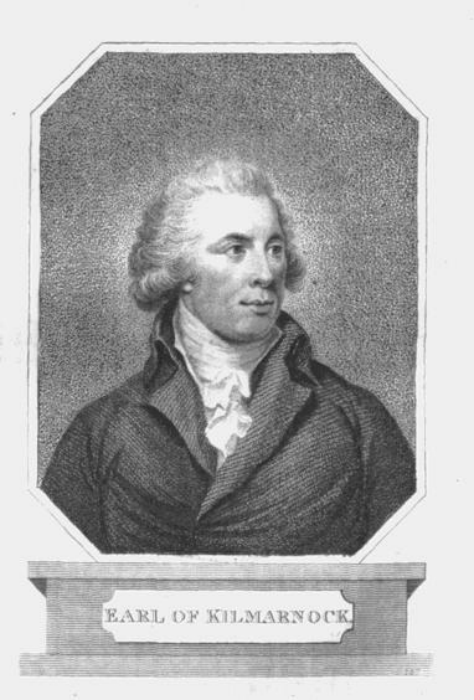
William Boyd, 4th Earl of Kilmarnock. The Newgate Calendar, Public Domain
IMAGE LINKED: wikimedia Attribution 4.0 International (CC BY 4.0)
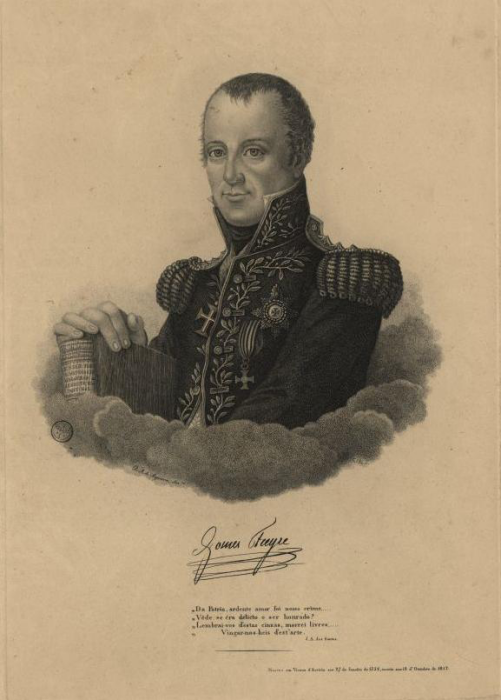
Gomes Freire de Andrade, ComC (1757-1817) The original uploader was DALIBRI at German Wikipedia. – Transferred from de.wikipedia to Commons., Public Domain
IMAGE LINKED: wikimedia Attribution 4.0 International (CC BY 4.0)
We continued our visit to the Mother Lodge’s Museum, an impressive collection of Masonic memorabilia, where I signed the visitors’ book, and I was offered a copy of A Brief History of the Lodge Mother Kilwinning No. 0 (1944).
I have also acquired some other items. In front of a window full of countless medals and souvenirs of visits from other Lodges and Masonic entities, I promised Bro. Rodger Hughes that I would mail him a medal from my own Lodge Universalis, which I did.
A Long Tradition
The history of the Mother Lodge of Scotland is recorded in several books, notably by Robert Wylie, History of the Mother Lodge, Kilwinning (1878) and William Lee Ker, Mother Lodge, Kilwinning, The Ancient Lodge of Scotland (1896).
The initial records of the Lodge have been lost, namely during the violent conflicts of the Scottish Reformation in the 16th century.
The earliest minute of the Lodge in preservation dates from December 1600, but several documents and references attest to its antiquity and importance, which date back to the construction of the Kilwinning Abbey in the year 1140.
The Lodge would then meet at the Chapter House, located in the eastern part of Abbey’s cloister.
Nowadays, the Abbey’s ruins lie just behind the current Mother Lodge building.
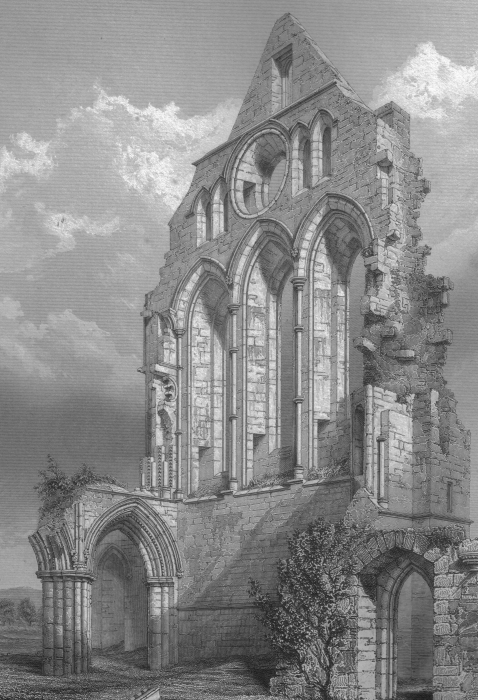
The ruins of Kilwinning Abbey, 1852
IMAGE LINKED: wikimedia Attribution 4.0 International (CC BY 4.0)
The Lodge Kilwinning has become a Grand Lodge in their own right, issuing warrants and charters to Lodges wishing to enjoy the privileges of Freemasonry.
The Lodge of Scone and Perth –about the year 1193, as confirmed by a charter now in the archives of the Grand Lodge of Scotland – and other Lodges would be born, still bearing the designation of Kilwinning.
Among them, the Lodge Canongate Kilwinning in Edinburgh was founded in 1677, with the characteristic of having the oldest purpose-built Masonic meeting room in the world.
The Chapel of St. John is very much as it was built in 1735 and is still used by the Lodge for its meetings to this day.
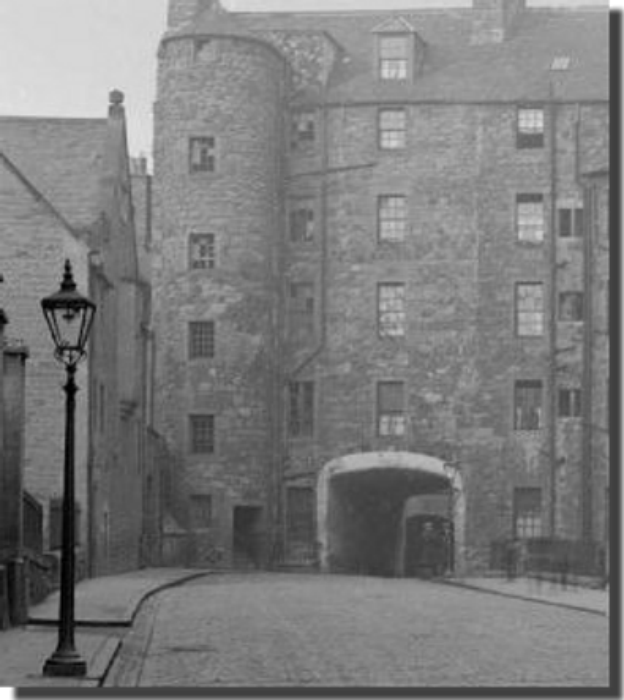
St John’s Chapel, considered the oldest purpose built lodge room, once owned by Lodge Canongate Kilwinning, now the property of the Royal Order of Scotland as their HQ. Image from the website of Lodge Canongate Kilwinning No.2
IMAGE LINKED: https://www.lck2.co.uk/about-the-chapel-of-st-john
During his reign (1437-1460), King James II bestowed the title of Patron, Protector, and Grand Master of Scotland’s Freemasons to William St. Clair (1410–1480), also the patron of Rosslyn Chapel (1446), this enormous testimony of operative Freemasonry.
Such was the importance of the St. Clair’s that the title of Grand Master was made hereditary in their family until 1736.
Until then, the Barons of Rosslyn would hold their Grand Lodges and Lodges and the Masonic Court’s meetings in Kilwinning.
In 1491, King James IV (1473–1513) himself went there for a probable Masonic ceremony, as recorded.
Also confirming the importance of the Mother Lodge was the creation of the Degree of Heredom of Kilwinning, included by Robert the Bruce (1274–1329) on the Royal Order of Scotland after the Battle of Bannockburn in 1314.
Even today, the title of Heredom of Kilwinning is conferred by the Royal Order of Scotland, and that ancient Degree still enjoys the highest celebrity in several countries.
William Schaw (c. 1550–1602), the Maister o Work and Warden o’er a’ the masons appointed by King James VI (1566–1625), issued in 1599 the second of his Statutes, a code of rules governing the activities of Operative Masons in Scotland.
In them, the Lodge Kilwinning was designated as the Heid Lodge, the Head Lodge of Scotland, thus recognizing their proven uniqueness.
In these Statutes, however, a question was generated that would be repeated in 1744 when the Grand Lodge of Scotland decided to rank and number the Lodges.
The number 1 was given to the Lodge of St. Mary’s Chapel of Edinburgh.
This led the Lodge Kilwinning to leave the Grand Lodge. But in 1807, efforts were made to effect a reconciliation.
The Grand Lodge accepted the return of the Lodge Kilwinning, placing it at the head of the Roll, under the denomination Mother Lodge of Scotland Kilwinning, No. 0.
Curiously this is usually read as Lodge Number Nothing, and not like Lodge Zero.
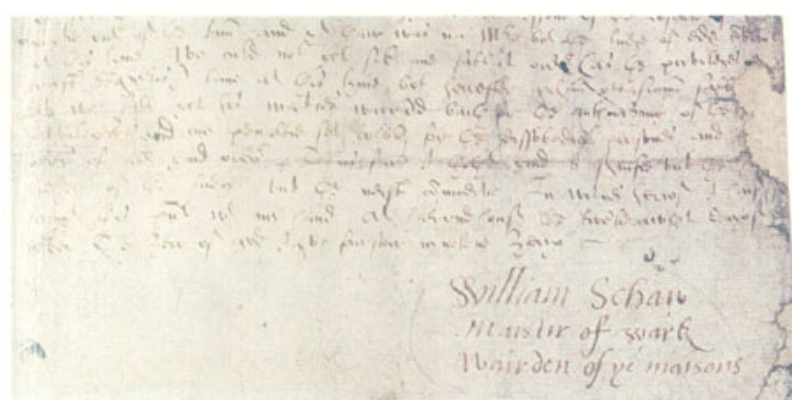
Signature of William Schaw on his Statutes. Public Domain,
IMAGE LINKED: wikimedia Attribution 4.0 International (CC BY 4.0)
For his part, the Master of the Mother Lodge shall be ipso facto Provincial Grand Master for the Ayshire District, the region in which Kilwinning is located.
This arrangement changed only in 1983. It was then erected and consecrated a Provincial Grand Lodge of Kilwinning with a single Lodge, the Mother Lodge of Scotland Kilwinning, No. 0, entitled to nominate the respective Provincial Grand Master.
This means that the Mother Lodge was responsible only for Scotland’s Grand Lodge, preserving their traditional autonomy.
In his Discourse of 1736, the Chevalier Ramsay (1686–1743) had referred to the Kilwinning Lodge stating:
“James, Lord Stewart of Scotland, was Grand Master of a Lodge established at Kilwinning, West Scotland, in the year of 1286, shortly after the death of Alexander III, King of Scotland.”
And by the 19th century, in Paris, it was published the poem La Maçonnerie, which included something already pointed out by Ramsay, referring to James Stewart (c. 1531–1570), the Earl of Moray and Regent of Scotland:
“James, Lord Stewart, received in his Lodge at Kilwinning, in 1286, the lords of Gloucester and Ulster, the one English and the other Irish.”
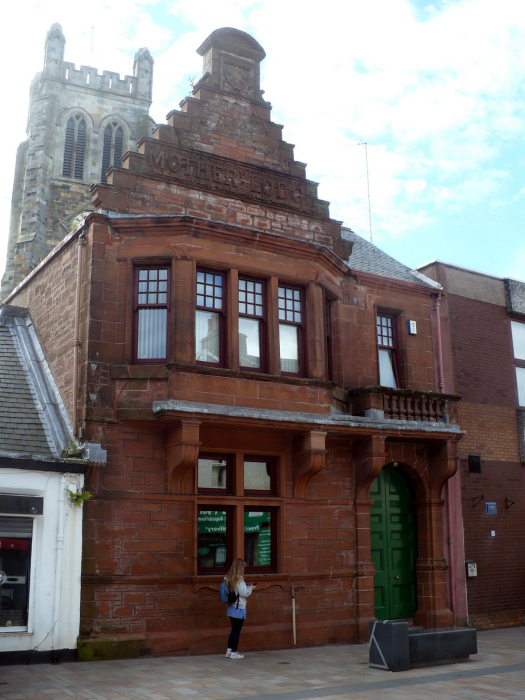
Mother Lodge Kilwinning By Secondarywaltz – Own work, CC BY-SA 4.0
IMAGE LINKED: wikimedia Attribution 4.0 International (CC BY 4.0)
A Visit to Remember
It was this authentic Masonic treasure that I had the honor and the joy to visit, and where I was received with the greatest fraternity, ending at a luncheon with Bro. Rodger Hughes, in nearby Irvine.
It’s a fact that a Mason finds a friend in every brother and a home in every country.
I only add a brief final note: during my stay in Scotland, where I visited several Robert Burns’ dwelling places, I had the opportunity to have other Masonic contacts.
In Paisley, I visited the Burns Club located in the former home of poet Robert Tannahill (1774 – 1810), and I met one of its former presidents, Bro. Tom Nixon, himself a member of a Lodge Kilwinning, the Lodge Renfrew Kilwinning, No. 370, in Paisley.
He would later invite me to a session of the Lodge Union & Crown, No. 307, in Barrhead, that took place three days later.
However, at that time, I already had another appointment in Ayr, far from Paisley, with no possibility of returning there.
It was gratifying to see the total openness of these Brethren to my presence in any case.
In conclusion, as Freemasons and human beings, we will always have reasons to look to Scotland as Freemasons, for their proven pioneering role in this field.
The slightest acquaintance with its Masonic history attests this, and this was verified, for example, by Jean [John] Desaguliers (1683–1744) when he visited the Lodge of St. Mary’s Chapel in Edinburgh, in the year 1721 (visit recorded in the minutes of that Lodge), noting its obvious ancestry – and soon rushing to invite a Scotsman, James Anderson (c. 1679/1680–1739), to write the Constitutions of the Grand Lodge of England.
On the other hand, as freedom-loving human beings, we will always have to look to the Scottish Enlightenment, that incredible array of personalities and ideas still so alive and stimulating today.
What is certain is that when tomorrow the records of the Mother Lodge of Scotland are consulted, a letter from the Grand Master of the Grand Orient of Portugal will be there.
In the Mother Lodge’s Museum showcases, you will see a medal sent by the Lodge Universalis, no. 507, from that Grand Orient of Portugal – which, as Bro. Rodger Hughes pointed out, in his message of thanks, “will remain in the Mother Lodge for centuries”.
Mens Agitat Molem.
Long live the Freemasonry all over the World
About The Authour

Carlos Oliveira Santos
Carlos Oliveira Santos, 68 years old, is a Portuguese university professor and the author of thirty books.
Carlos was initiated into the Lodge Universalis (Grand Orient of Portugal) in 2012.
His specialism is social marketing, and he received the Outstanding Achievement Award, conferred by the European Social Marketing Association, during the 2019 World Social Marketing Conference in Edinburgh.
He has a study in progress on the subject of Robert Burns as poet and Mason.
Carlos is the publisher for Marking Social Portugal – A social marketing space for the Portuguese-speaking world
https://marketingsocialportugal.net
Books by Carlos available on Amazon
Recent Articles: of current interest
 Keeping Passions and Prejudices within Due Bounds Master your emotions and find balance in a chaotic world with Darren Allatt's "Keeping Passions and Prejudices within Due Bounds." Discover practical strategies for self-awareness, emotional intelligence, and building meaningful relationships. Transform your life with calmness, clarity, and purpose. Start your journey towards emotional mastery today. |
 Masonry in the Age of Leisure - P2 Explore the optimistic future of Masonry in "Masonry in the Age of Leisure" by VVenBro Scott Wisdahl. Delve into the possibilities of a leisure-driven society where technology enhances social bonds, decentralizes the Craft, and reshapes Masonic traditions. Discover how Masonry can thrive in an interconnected, tech-savvy world. |
 Masonry in the Age of Leisure - P1 Embrace the future of Masonry in the Age of Leisure! Imagine an era where technology empowers deeper connections, offering a tapestry of diverse groups united by Freemasonry’s timeless values. Envision hybrid meetings transcending borders, fostering brotherhood across continents. This optimistic future cultivates intellectual growth and social interaction, heralding a Masonic renaissance for all. |
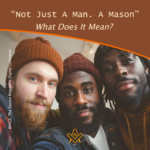 “Not Just A Man. A Mason”: What Does It Mean? Embrace the profound essence of Freemasonry, not merely a group but a journey of integrity, shaping men of dignity. By adopting virtues such as honesty, justice, and brotherly love, Freemasonry transcends time, urging us towards a dignified life. It’s more than being a man; it’s about living with unyielding dignity. |
 Multiculturism and the Culture of Freemasonry Freemasonry, with its deep roots in universal principles such as individual freedoms, education, and the pursuit of science, stands as a beacon of unity in a world divided by conflicting ideologies. By embracing the tenets of Freemasonry, including respect, peace, and mutual understanding, we can navigate societal challenges and foster a more harmonious world. |
 Embrace the new paradigm of eco-conscious living in the 21st century. Freemasonry, a cornerstone of society, must evolve, placing Nature at its heart. Reject anthropocentrism, embrace deep ecology, and champion sustainable living and global cooperation. Let Freemasonry lead by example, advocating for a world where humans and nature coexist harmoniously. |
 How Freemasonry Has Woven Itself into the Fabric of Society Like the weathered stones of an ancient temple, Freemasonry's origins are shrouded in mystery. This fraternal order has woven invisible threads throughout society's fabric since emerging in the 1600s. Despite declining membership, Freemasonry's influential legacy endures, seen in philanthropy, architecture, and the ideals of legendary members. Though facing challenges, revival remains possible if it adapts traditions to the modern era. |
 AI help in matching mentors with new Freemasons Harnessing AI for Freemasonry Mentorship: A Comparative Analysis. Freemasonry, an age-old fraternity, seeks to enhance its mentorship program by leveraging AI. While the Grand Master suggests detailed member profiles for matching, a Professional Coach emphasizes personality compatibility. Meanwhile, an AI Bot proposes machine learning for pattern recognition. Dive in to explore the potential and pitfalls of each approach. |
 Masonic Charities P.2 – The Shriners Discover the Shriners' legacy within Freemasonry; delve into their profound commitment to philanthropy and see how Masonic Charities demonstrate brotherly love, relief, and truth. Become inspired by the bonds that unite Shriners around the globe and their impactful work in local communities. |
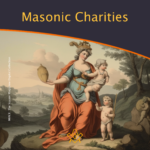 Freemasonry's commitment to charity has always been a priority and remains a core principle, reflecting its mission to promote brotherly love, relief, and truth in the world. Part 1 of the series gives an introduction to the establishment of the main Masonic Charitable endeavours in the 18th and 19th centuries and several key influencers. |
 Solomon Learning and Development Platform The Intersection of Freemasonry and Technology: Embracing the Digital Age with the New |
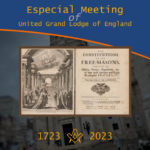 Especial Meeting of United Grand Lodge of England The year 2023 marks the tercentenary of the publication in London of the Constitutions of the Freemasons, based on Enlightenment principles that provide the philosophical foundations of modern Freemasonry. Why are the 1723 Constitutions important? Many Masonic histories have been concerned with ‘when’ and ‘what’. We also explore ‘why?’ |
 Like every other incident of initiation it is in the light of the larger meanings of Freemasonry that we must interpret the Rite of Destitution. But what does it mean? |
 Society of Grand Lodges in Alliance (SOGLIA) is a confederation of Grand Freemason Obediences in which all members obey the principles of Regularity. Assembled annually, in different places of the world, in order to share fellowship and to promote Masonic tradition, SOGLIA members are respecting the autonomy of each Grand Lodge. |
 Confederation of the Grand Lodges of Europe and the Mediterranean - Universal Freemasonry and its intellectual property are less and less taken into account in the current times of constant movement and unclear future prospects. |
 The Book of Law in Brazilian Freemasonry We are informed that, Freemasonry it is not a religion, but the candidate has a belief in a creative principle, which later, we call the Great Architect of the Universe. - by Fernando Rodrigues de Souza |
 Mike's Masonic Walks And Talks WBro. Mike Neville is a Masonic author and lecturer. He offers walks and talks primarily around London, based on his vast knowledge of the area and his specialist subjects, which cover all aspects of Masonic history. |
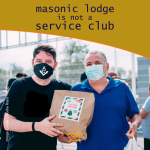 A Masonic lodge is not a service club An address delivered to the 10th Annual Conference of Western Canadian Grand Lodges (1950) in response to the question, "Should Our Western Grand Lodges Sponsor a Specific Program?" By |
 The Order of Bees was established as a youth initiative for the boys and girls of Prince Hall Freemasons, and symbolises the relationship existing between the activities of the youth and the family of bees. |
 The Confederación Masónica Interamericana (CMI) was founded in 1947, is a non-profit organization that groups together 92 Great Masonic Powers, admitted as members and distributed in 26 countries in South, Central, North, Caribbean and Europe. |
 This smartphone app is designed to work with all Freemasons from both Regular and Independent Grand Lodges around the world. |
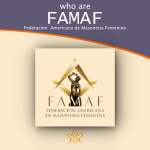 The American Federation of Feminine Freemasonry (FAMAF) is an organization that brings together Grand Lodges, Grand Orients and Confederations of Feminine Masonic Grand Lodges from the American continent. |
 The third largest Masonic Alliance of independent grand lodges, which currently has over 500,000 members in the world and an incredible resource of "good people with a good reputation" from around the world. |
 A Guiding Paw - my faithful 'brethren' A heart-warming story of one Mason's best friends – and how Gary's faithful guide dogs have helped fulfil both his Masonic life but also his valuable work in public service. |
 A visit to the Mother Lodge of Scotland Let me take you to the heart of Scotland to meet our Brethren of the Mother Lodge of Scotland, a journey into one of Freemasonry's deepest roots. Our guide Carlos Oliveira Santos who is from |
 An introduction to VEREINIGTE GROSSLOGEN von Deutschland / UNITED GRAND LODGES of Germany |
 International Masonic Union CATENA An international association of Grand Lodges and independent Lodges, with all true Masonic traditions, which adhere to the basic principles of the equal standing of men and women in Freemasonry |
 Social Impact of Prince Hall Freemasonry in D.C., 1825-1900. Alonza Tehuti Evans discusses Prince Hall Freemasonry, founded by African Americans. |
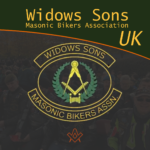 Who are the Widows Sons, and what do they do, and how can you join ? |
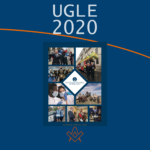 For the first time in its 300 year history UGLE has published an Annual Review |
 Founded in 1919 and named after the Grand Master of the Knights Templar, this International Order has helped young boys become great men. |
 9th International Conference of Freemasonry Hidden Meanings: Esotericism and Masonic Connections |
 An introduction to CLIPSAS and we look at who are they and what do they do |
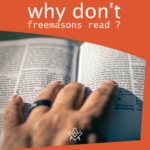 The title of this article will seem somewhat of an oxymoron, because at this precise moment you, most likely a Freemason, is reading this |
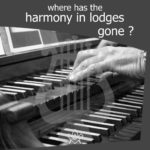 Music can make you either remember everything or forget everything! They even call it the 'rhythm' of life because life does have a beat, a rhythm, a song! Music is equally important for Freemasons. |
 Young Masons' Inter-Club Virtual Social An initiative was created to initially keep Brethren engaged in their Masonry whilst the restrictions of the COVID-19 pandemic are in place. |
 I've heard people say that we don't have heroes |
 What can we learn from Steve Jobs' address given at Stanford in 2005 |
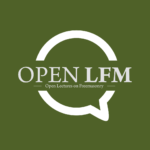 Open Lectures on Freemasonry as a series of monthly online lectures that aims to increase the visibility and accessibility of research into Freemasonry. The lectures are open to anyone who is interested. |
 What Kind of Library Do You Have? Many Brothers have no clue as to what kind of "Craft" library they actually have in their home or office. Most of these Brothers don’t care that they don't know – so, what kind of library do you have? |
 Russian Freemasonry a combination of a short sketch of its history and a review of the present-day Masonic landscape in this country |
 A brief outline showing the differences and similarities within Freemasonry |
masonic knowledge
to be a better citizen of the world
share the square with two brothers

click image to open email app on mobile device


